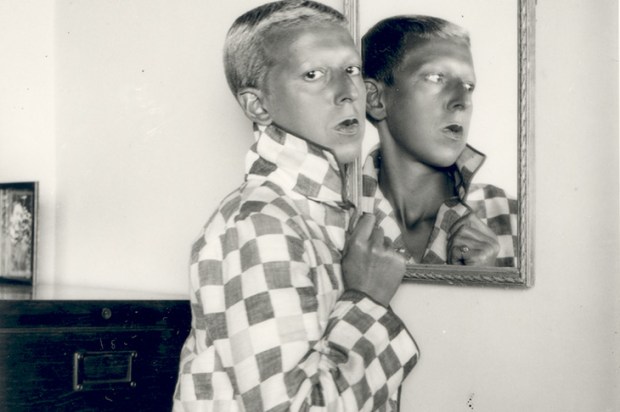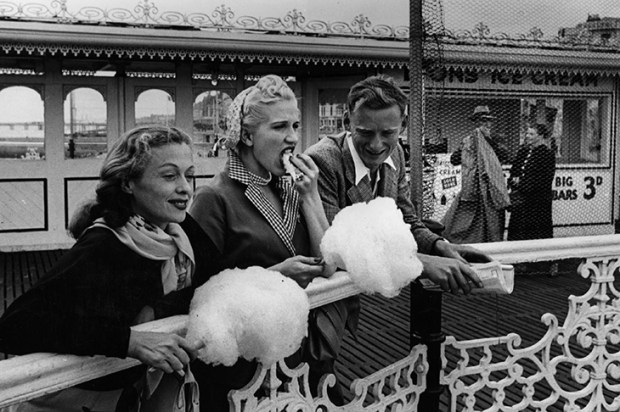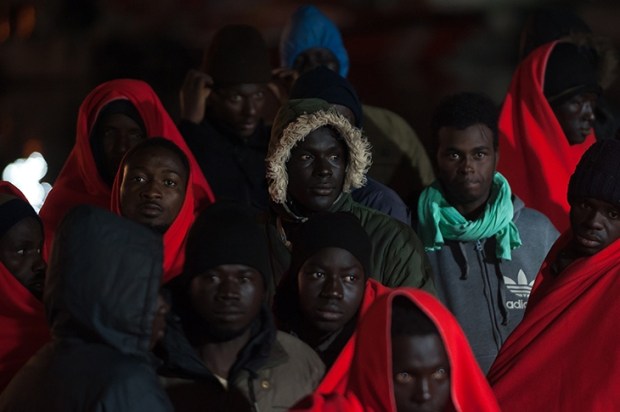Jonathan Lethem’s new book is billed as ‘his first detective novel since Motherless Brooklyn’, which won America’s national book critics circle award for fiction in 1999. But if you’ve ever read his work, you’ll know not to expect a straightforward crime-solving tale — or anything like it. Throughout his career, Lethem has set out to wrong-foot his readers with a tricksy blend of realism, literary pastiche, ruminations on America and narrative elements that are deeply, even recklessly, odd. Now, in The Feral Detective, he’s at it again.
The book begins traditionally enough, with the thirtysomething narrator Phoebe Siegler hiring a suitably grizzled Californian private eye called Charles Heist to track down a missing friend in January 2017 (a date that’ll prove significant). For a while, in fact, the only sign that we’re in Lethem territory is that Heist keeps an opossum in his desk. (Naturally, we never find out why.) It even seems as if there might be an orthodox plot of sorts, featuring a mysterious bunch of Koreans who’ve built a compound on Mount Baldy and may have formed an alliance with a group of survivalists in the neighbouring Mojave desert. Yet once Phoebe and Heist head into the desert to investigate, the Korean connection — along with most of the rest of the plot — is abandoned in favour of something, well, deeply, even recklessly, odd.
The survivalists in question, known as the Bears, were once part of a hippie commune, but split from the other members, known as the Rabbits, in the early 1970s and the two groups have been feuding ever since. Given that the Bears are all men and the Rabbits mainly women and children, there seems little doubt who the goodies are. The trouble is that the Bears now want Heist, who spent his early years in the commune before the split, to be their king. First, though, he has to fight the existing king to the death.
For reasons that aren’t entirely clear, Heist agrees to the plan, despite the fearsomeness of his opponent: a man called Solitary Love, whose ‘look and manner were a correction to… the chimerical dream of civilisation’.
It wasn’t even so much that all human charity and feeling, all taste and order and sense had been dispatched, rendered null — well, it was that, but it was more, too. Seeing him, you kind of wished it to be.
And if this description reminds you of a certain US politician, then you’re not wrong — because as Phoebe obligingly goes on: ‘It was at this moment I did the math and realised that we were some number of hours into the new world. Barack Obama was no longer president.’
So yes, this is also a book about the Trump presidency — or, more specifically, a full-throated cry of rage and confusion about it. Prior to heading for California to find her friend, Phoebe had been such a classic liberal New Yorker that she even worked for the New York Times. But that was before ‘the national calamity’ of the preceding November destroyed ‘the old knowingness’, not only unmasking ‘the Other America’ (which, disconcertingly, must have been there all along) but also reducing Phoebe’s own former tribe to ‘shrill squabbling cartoons’.
But with the old world gone — and liberal America itself perhaps the real missing person at the heart of the book — what happens next? Do the Rabbits represent the best hope for the future? Or does Heist, with his ‘noble disaffiliation’ from either group?
The answer, it turns out, is a firm ‘who knows?’ — because the political symbolism becomes increasingly contradictory before, like the thriller plot, being left largely unresolved. ‘I fooled around with the allegorical implications a little,’ writes Phoebe towards the end, ‘then I dropped them.’
The generous view of Lethem’s decision to do the same thing might be that he’s authentically reflecting American liberalism’s bewilderment. The less generous one is that the novel ultimately falls between two stools — with too much of the plot and the characterisation (especially of Heist) sacrificed to an allegory that’s never seen through properly.
Got something to add? Join the discussion and comment below.
Get 10 issues for just $10
Subscribe to The Spectator Australia today for the next 10 magazine issues, plus full online access, for just $10.
You might disagree with half of it, but you’ll enjoy reading all of it. Try your first month for free, then just $2 a week for the remainder of your first year.














Comments
Don't miss out
Join the conversation with other Spectator Australia readers. Subscribe to leave a comment.
SUBSCRIBEAlready a subscriber? Log in